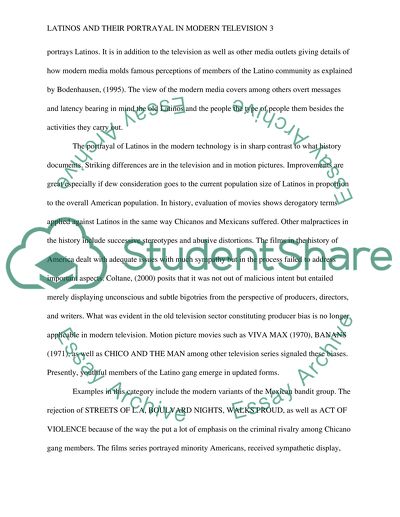Cite this document
(“Latinos and their portrayal in modern television Research Paper”, n.d.)
Latinos and their portrayal in modern television Research Paper. Retrieved from https://studentshare.org/literature/1648145-latinos-and-their-portrayal-in-modern-television
Latinos and their portrayal in modern television Research Paper. Retrieved from https://studentshare.org/literature/1648145-latinos-and-their-portrayal-in-modern-television
(Latinos and Their Portrayal in Modern Television Research Paper)
Latinos and Their Portrayal in Modern Television Research Paper. https://studentshare.org/literature/1648145-latinos-and-their-portrayal-in-modern-television.
Latinos and Their Portrayal in Modern Television Research Paper. https://studentshare.org/literature/1648145-latinos-and-their-portrayal-in-modern-television.
“Latinos and Their Portrayal in Modern Television Research Paper”, n.d. https://studentshare.org/literature/1648145-latinos-and-their-portrayal-in-modern-television.


